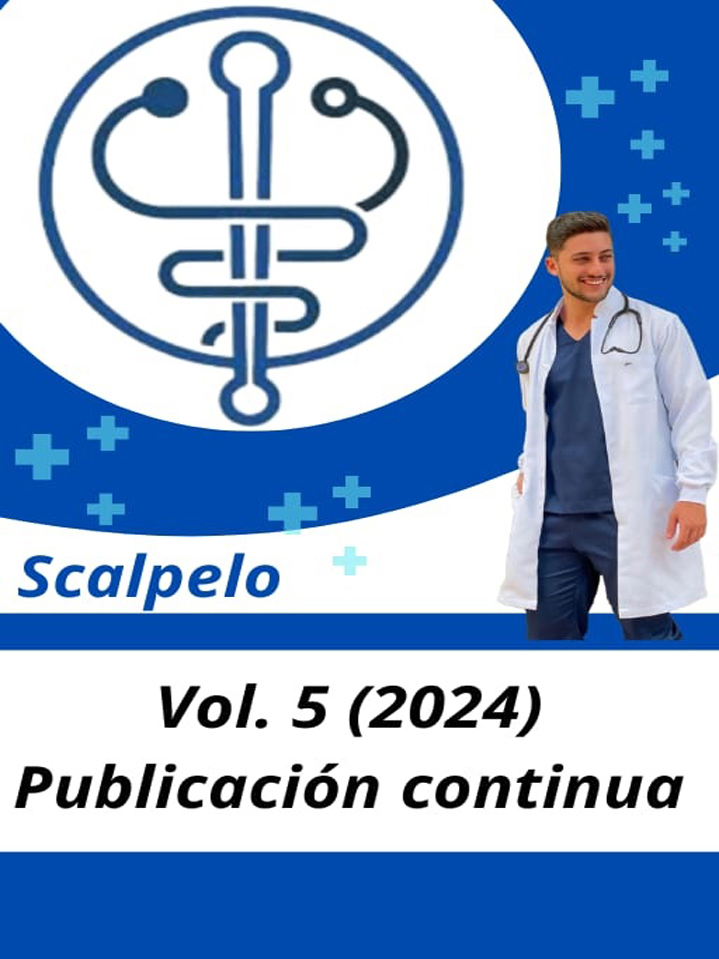Neonatal sepsis associated with healthcare in the Guantanamo Neonatal Intensive Care Unit
Abstract
- Introduction: sepsis is one of the leading causes of neonatal morbidity and mortality. Identifying prevalent pathogens serves as a guideline for initial empirical therapy and thus reduces the number of complications.
Objective: to characterize healthcare-associated sepsis in the neonatal intensive care unit of the Hospital General Docente Dr. Agostinho Neto in Guantánamo, from 2023 to 2024.
Method: an observational, descriptive, and cross-sectional study was conducted. The study population consisted of 502 newborns diagnosed with healthcare-associated sepsis. A sample of 184 neonates was selected. The variables studied were age at admission, gestational age, birth weight, pathogen isolated, associated risk factors, treatment used, hospital stay, and discharge status.
Results: neonates weighing 1,000–1,499 g predominated (54.89%) (101) and gestational age less than 37 weeks (51.63%) (95). The predominant risk factor was low birth weight (93.48%) (172). The predominant microorganism was Staphylococcus epidermidis (17.39%) (32). According to the antibiotic regimen used, treatment regimen 1 predominated in 45.65% (84). All neonates were discharged alive.
Conclusions: the highest number of cases of neonatal sepsis at Guantánamo are preterm and low birth weight infants. The patients studied responded to first-line antimicrobial therapy. The majority of these patients developed uneventfully, with a high survival rate.
Downloads
Published
Versions
- 2025-05-03 (3)
- 2025-05-03 (2)
How to Cite
Issue
Section
License
Copyright (c) 2024 Scalpelo

This work is licensed under a Creative Commons Attribution-NonCommercial-NoDerivatives 4.0 International License.
Aquellos autores/as que tengan publicaciones con esta revista, aceptan los términos siguientes: Los autores/as conservarán sus derechos de autor y garantizarán a la revista el derecho de primera publicación de su obra, el cual estará simultáneamente sujeto a la Licencia de reconocimiento de Creative Commons (CC-BY-NC 4.0) que permite a terceros compartir la obra siempre que se indique su autor y su primera publicación esta revista.
Los autores/as podrán adoptar otros acuerdos de licencia no exclusiva de distribución de la versión de la obra publicada (p. ej.: depositarla en un archivo telemático institucional o publicarla en un volumen monográfico) siempre que se indique la publicación inicial en esta revista. Se permite y recomienda a los autores/as difundir su obra a través de Internet (p. ej.: en archivos telemáticos institucionales o en su página web) antes y durante el proceso de envío, lo cual puede producir intercambios interesantes y aumentar las citas de la obra publicada. (Véase El efecto del acceso abierto).






